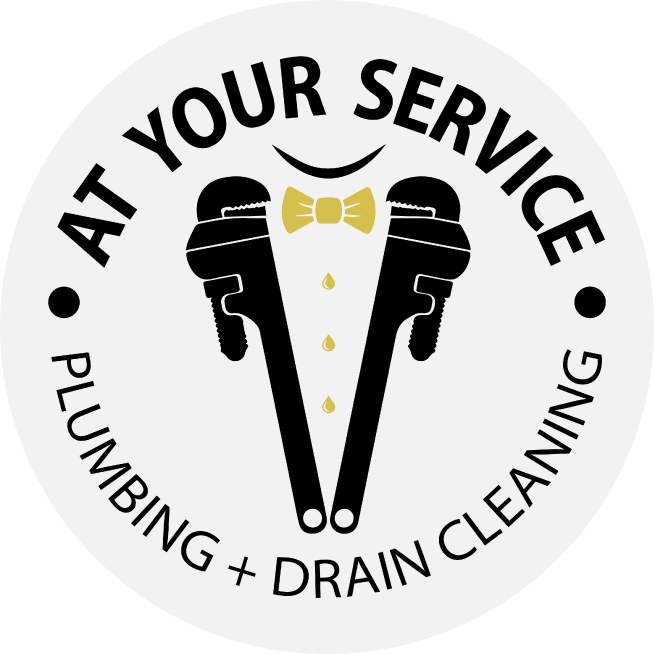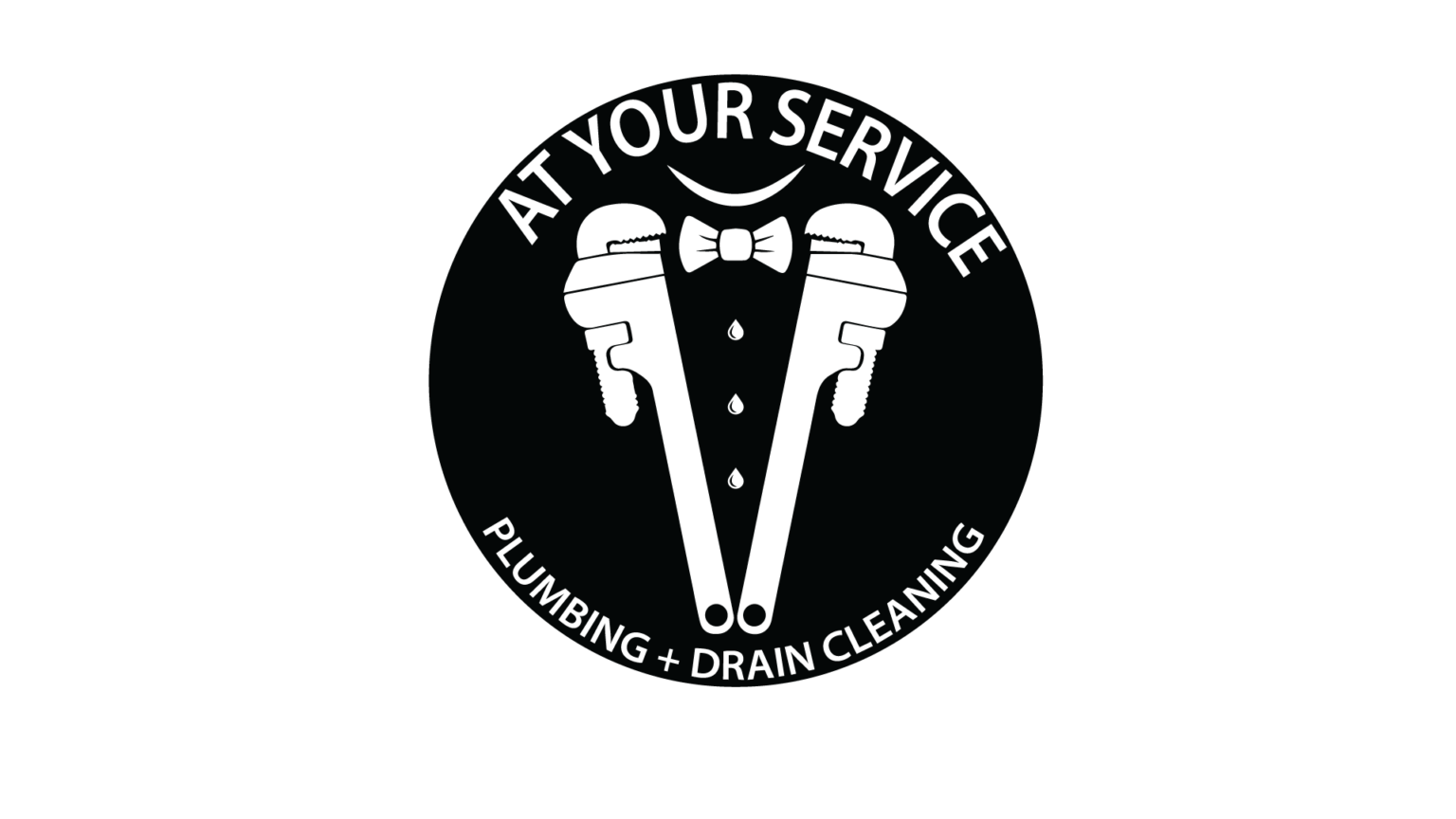
Ceiling leaks can be a homeowner’s nightmare, leading to significant water damage, costly repairs, and potential health hazards like mold growth. Whether the leak results from a compromised roof, plumbing issues, or condensation, it’s crucial to address it promptly and effectively. This step-by-step guide will walk you through dealing with ceiling leaks and implementing strategies to prevent future incidents.
Identifying and Addressing Ceiling Leaks
Identify the Source of the Leak:
Roof Issues: Inspect your roof for missing shingles, cracks, or damage, especially after severe weather conditions.
Plumbing Problems: Check for leaking pipes, especially if the leak is below a bathroom or kitchen.
Condensation: In areas with high humidity, condensation can accumulate and drip, simulating a leak.
Contain Immediate Water Damage: Place buckets or towels under drips to catch water. If water pools on the ceiling, creating a bulge, carefully puncture the center with a screwdriver to release the water and prevent ceiling collapse.
Turn Off Electricity: If the leak is near electrical fixtures, turn off power to the affected area to prevent electrical hazards.
Document the Damage: Take photos or videos of the leak and any water damage for insurance purposes.
Make Temporary Fixes: Apply a waterproof sealant to minor roof cracks as a temporary measure. For plumbing leaks, turn off the water supply to the affected pipe until repairs can be made.
Professional Repair and Restoration
Consult a Professional:
- For roof leaks, contact a licensed roofing contractor for an inspection and repair.
- For plumbing leaks, a professional plumber can identify and fix the source of the water.
- If water damage is extensive, consider hiring a water damage restoration specialist to address mold, and structural issues, and restore affected areas.
Dry Out the Area:
- Use fans and dehumidifiers to dry out the affected area thoroughly. This step is crucial to prevent mold growth.
Repair Ceiling Damage:
- Once the leak’s source is fixed and the area is dry, repair any damage to the ceiling. This may involve patching and repainting or, in severe cases, replacing sections of the ceiling.
Preventing Future Ceiling Leaks
Regular Roof Maintenance:
- Inspect your roof regularly for damage and address issues promptly. Clean gutters and downspouts to ensure proper drainage.
Plumbing Maintenance:
- Have your home’s plumbing inspected periodically for signs of wear and leaks. Consider installing water detection alarms in areas prone to leaks.
Improve Ventilation:
- Ensure your home is adequately ventilated, especially in high-moisture areas like bathrooms and kitchens, to reduce condensation.
Insulate Pipes:
- Insulate pipes in attics, basements, and exterior walls to prevent freezing and bursting in cold weather.
Monitor Humidity Levels:
- Use a hygrometer to monitor indoor humidity levels and maintain them between 30% and 50% to prevent condensation.
Handling ceiling leaks quickly and effectively can minimize water damage and the need for extensive repairs. By identifying the leak’s source, making temporary fixes, and consulting professionals for permanent solutions, homeowners can restore their property and peace of mind. Implementing preventive measures, such as regular maintenance and improving home ventilation, can significantly reduce the risk of future ceiling leaks.


